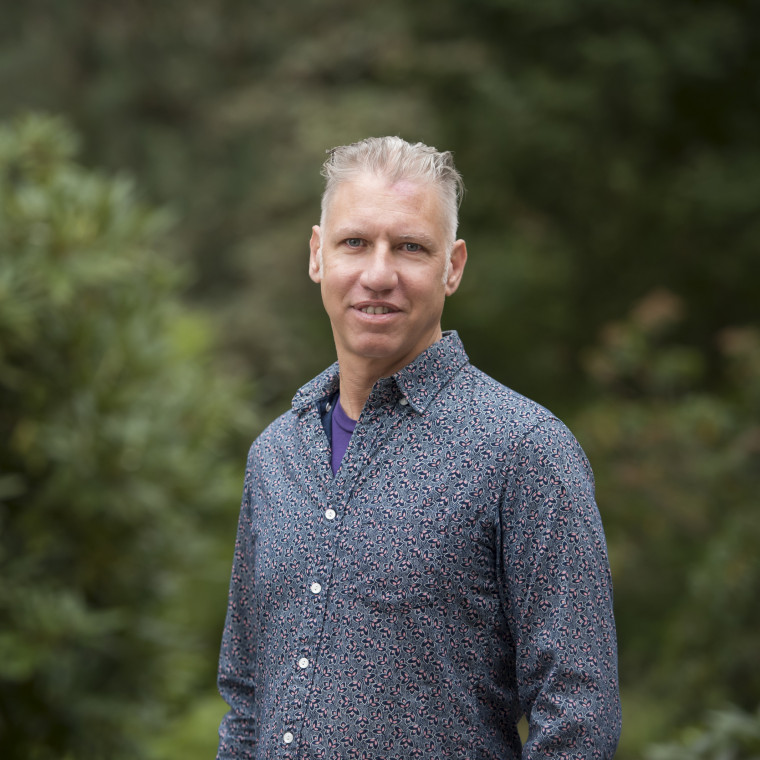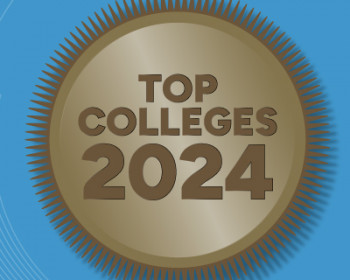Elliott Young
L&C students are truly engaged in learning and intellectually curious, and they want to make a difference in the world.

Pronouns
Title
Department(s)
What three words would you use to describe Lewis & Clark?
You will be teaching a new Public History Lab course in connection with Stanford’s Migration and Asylum Lab. What can you tell us about this course? What do your students accomplish? What is the connection with Stanford?
The Stanford Migration and Asylum Lab (MAL) is a project I codirect with a colleague at Stanford. The class is a new one for history that will be shared by the department. My iteration of the course will have students doing research on topics that are relevant for asylum cases. This research will then be published at a website for MAL.
How does your work outside of the classroom inform your teaching?
My work on asylum cases as an expert witness has led me to develop two classes, my Immigration and Asylum Law class and the Public History Lab. It also informs what and how I teach some of my other classes given my first-hand experiences working on asylum cases.
What do you enjoy most about Lewis & Clark students?
They are truly engaged in learning and intellectually curious. They also want to make a difference in the world.
How does Lewis & Clark prepare students interested in history to pursue a career and/or advanced studies after graduation?
The history department teaches research, writing, and thinking skills that are broadly applicable to many kinds of jobs after graduation. My classes give students experience working on immigration law, and several of them have gone on to get jobs in immigration law firms before and after graduation.
What sets your history department apart from other small liberal arts colleges?
Our intensive focus on student success, and our hands-on approach.
More Admissions Stories
Admissions is located in Frank Manor House on the Undergraduate Campus.
MSC: 32
email admissions@lclark.edu
voice 503-768-7040
fax 503-768-7055
Vice President of Admissions and Financial Aid
Eric Staab
Admissions
Lewis & Clark
615 S. Palatine Hill Road MSC 32
Portland OR 97219

